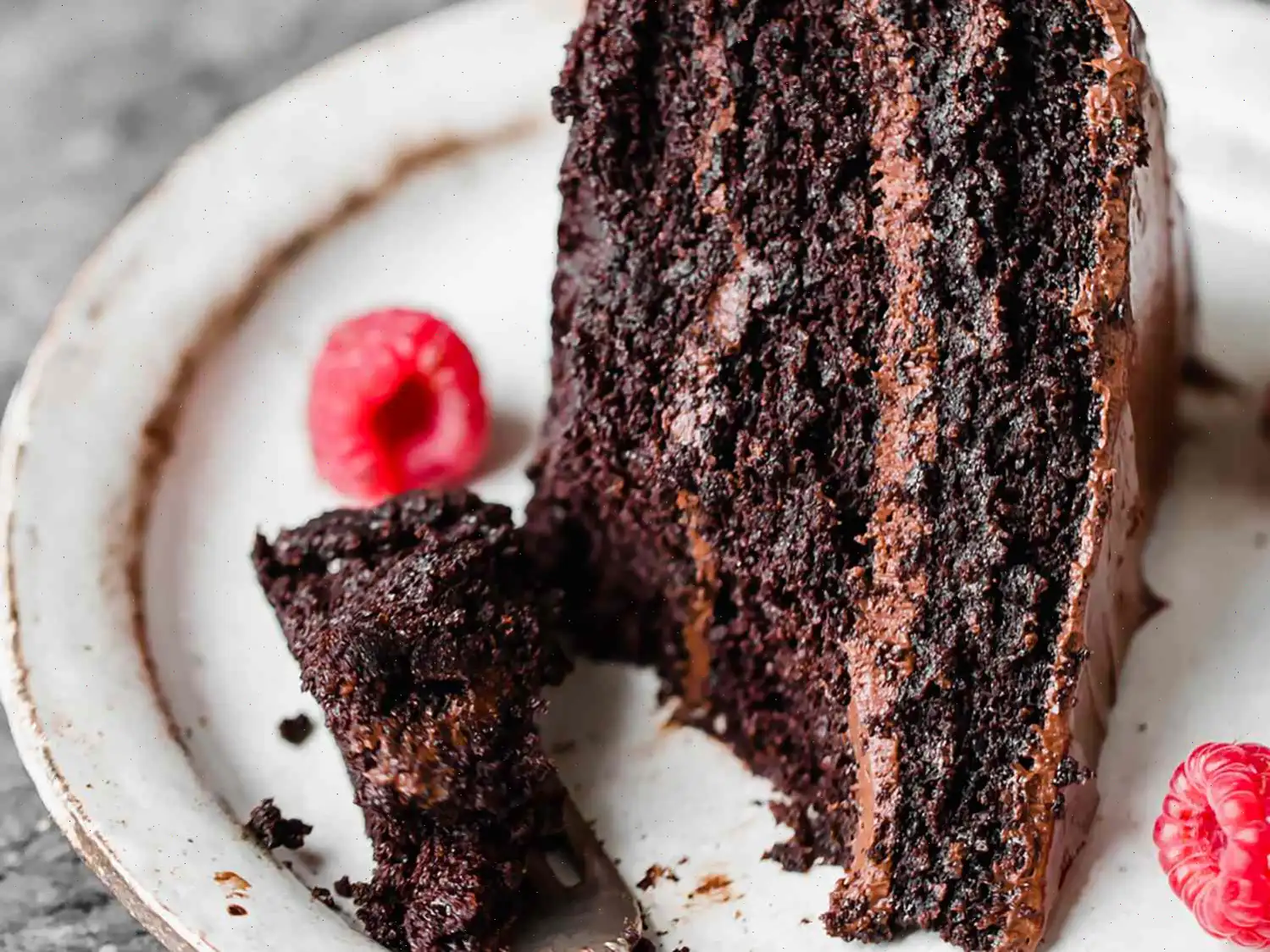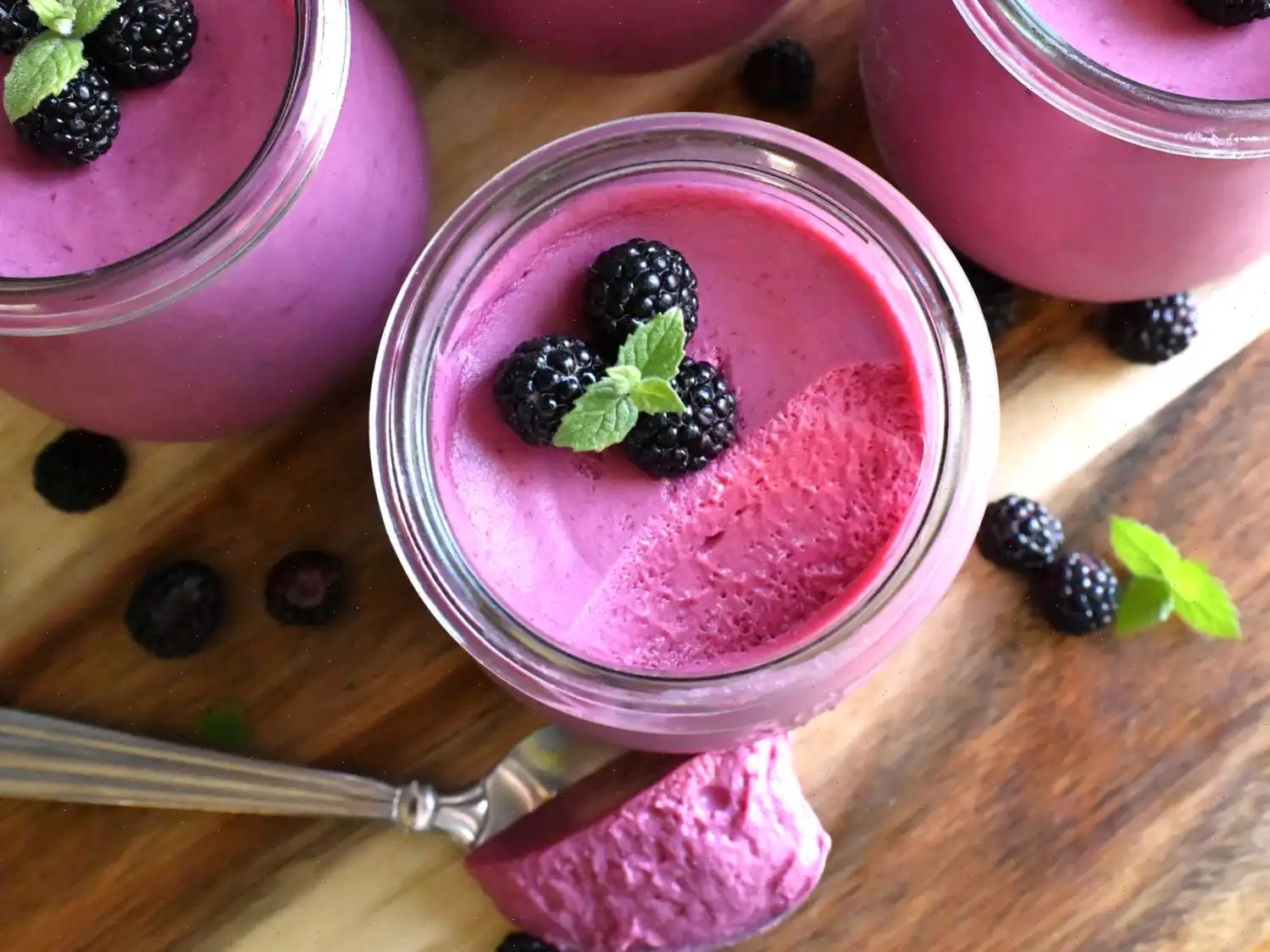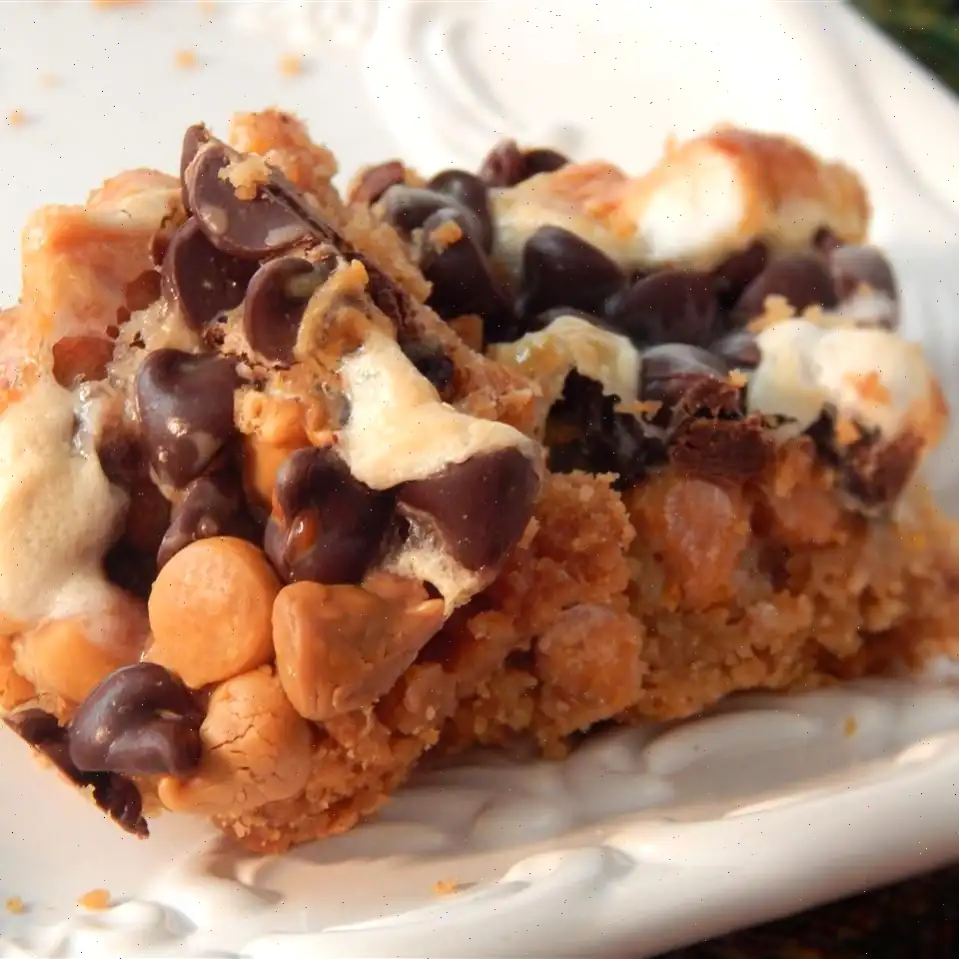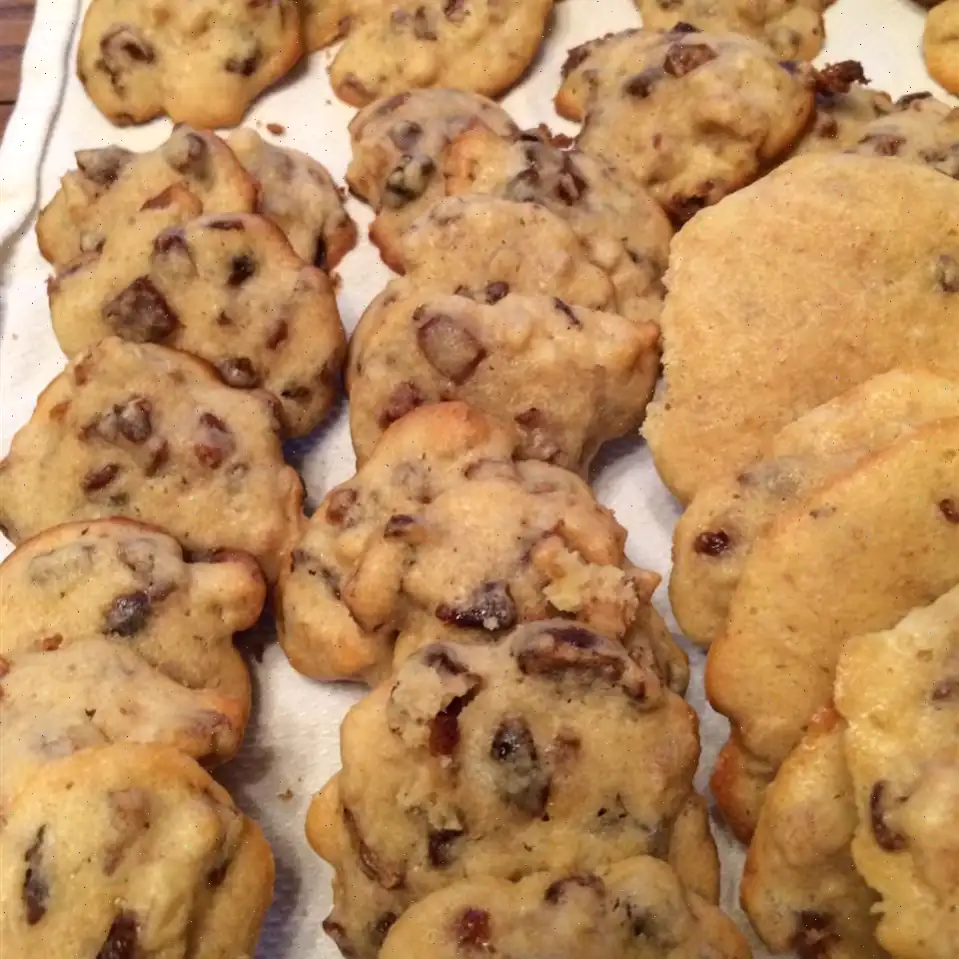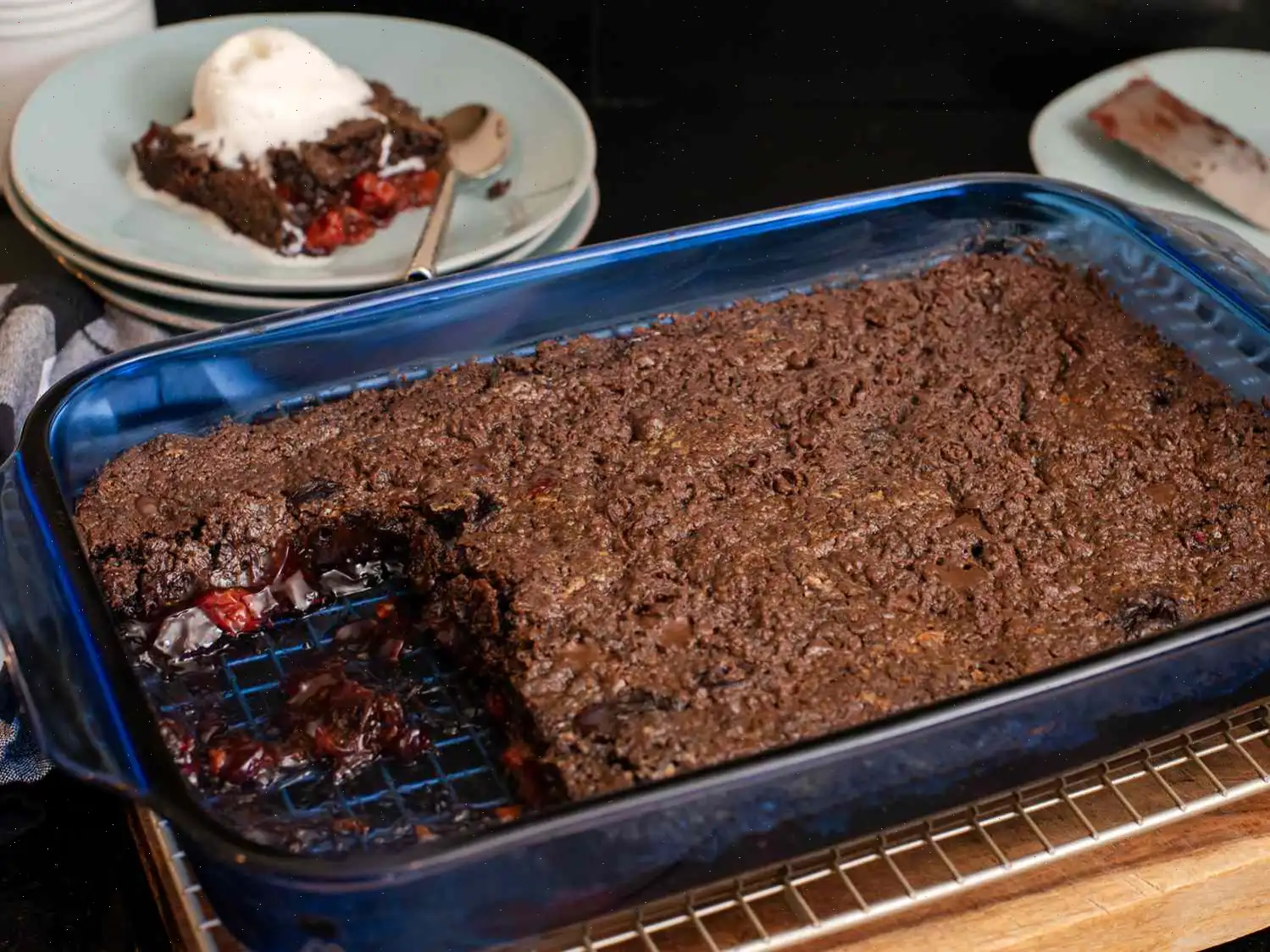
The Best Paleo Chocolate Cake with Paleo Chocolate Frosting Recipe
Chocolate Coconut Cake with Frosting
Ingredients
- 1 (14 ounce) can coconut cream
- 1 1/2 cups dairy free chocolate chips
- Pinch of salt
- Nonstick spray
- 3/4 cup virgin coconut oil, melted and cooled
- 1 3/4 cups coconut sugar
- 4 large eggs, at room temperature
- 1 tablespoon pure vanilla extract
- 1 tablespoon apple cider vinegar
- 1 cup Almond Breeze Unsweetened Vanilla Almondmilk
- 3 cups Blue Diamond Almond Flour
- 3/4 cup high-quality unsweetened cocoa powder
- 1/4 cup coconut flour
- 2 teaspoons baking soda
- 1/2 teaspoon salt
Directions
Step 1: Start by preparing the frosting. In a small pot, combine coconut cream, chocolate chips, and a pinch of salt. Place over low heat and whisk until the mixture is melted and smooth.
Step 2: Once melted, transfer the frosting mixture to a bowl. Cover with plastic wrap and refrigerate for at least 6 hours or overnight until it hardens.
Step 3: Preheat your oven to 350F (175C). Prepare three round cake pans by lining the bottoms with parchment paper rounds. Lightly spray both the parchment and the sides of the pans with nonstick cooking spray.
Step 4: In a large bowl, mix together the melted and cooled coconut oil, coconut sugar, eggs, vanilla extract, and apple cider vinegar. Use an electric mixer to beat the ingredients until the mixture is smooth.
Step 5: Add the Almond Breeze Unsweetened Vanilla Almondmilk to the wet ingredients and mix again until fully incorporated.
Step 6: In a separate bowl, whisk together the Blue Diamond Almond Flour, cocoa powder, coconut flour, baking soda, and 1/2 teaspoon salt.
Step 7: Gradually add the dry ingredients to the wet ingredients. Mix until well combined. The batter will be thick.
Step 8: Divide the batter evenly between the prepared cake pans. Use a spatula to smooth the tops of the batter in each pan.
Step 9: Bake the cakes in the preheated oven for 20 to 30 minutes, or until a tester comes out clean or with just a few crumbs attached. Rotate the pans halfway through baking for even cooking.
Step 10: Once baked, allow the cakes to cool in the pans for 15 minutes. Then, transfer the pans to the fridge to cool completely. Let the cakes chill in the fridge for at least 1 hour before removing them from the pans.
Step 11: While the cakes cool, finish preparing the frosting. Scoop the hardened frosting mixture into a large bowl. Using a hand mixer or electric mixer, beat the frosting until it becomes light, fluffy, and creamy.
Step 12: Once the cakes have cooled completely and are at room temperature, begin assembling the cake. Place one layer of cake on a serving platter and spread about 1/3 to 1/2 cup of frosting on top. Repeat with the second and third layers, applying frosting between each layer.
Step 13: Frost the top and sides of the cake with the remaining frosting. Smooth the frosting with a spatula to create an even finish.
Step 14: Serve immediately, or store at room temperature for up to two days. If storing for longer, transfer the cake to the refrigerator.
Nutrition Facts (Per Serving)
- Calories: 506
- Total Fat: 32g (40% Daily Value)
- Saturated Fat: 17g (83% Daily Value)
- Cholesterol: 47mg (16% Daily Value)
- Sodium: 276mg (12% Daily Value)
- Total Carbohydrate: 53g (19% Daily Value)
- Dietary Fiber: 5g (18% Daily Value)
- Total Sugars: 44g
- Protein: 8g (16% Daily Value)
- Calcium: 111mg (9% Daily Value)
- Iron: 3mg (17% Daily Value)
- Potassium: 282mg (6% Daily Value)
* Percent Daily Values are based on a 2,000 calorie diet. Your daily values may be higher or lower depending on your calorie needs.
The Story and Culture Behind Paleo Chocolate Cake
Origin and History
The Paleo Chocolate Cake is a modern reinterpretation of traditional chocolate cake, inspired by the Paleo diet, which emphasizes whole, unprocessed foods that mimic the eating patterns of our Paleolithic ancestors. While chocolate itself has been enjoyed for thousands of years, the Paleo version emerged in the early 21st century as health-conscious bakers sought alternatives to refined sugars, dairy, and wheat flour. This cake combines ancient ingredients like almond flour, coconut flour, and coconut oil with modern techniques, creating a dessert that is both indulgent and aligned with contemporary nutritional philosophies.
Regional Variations and Preferences
While Paleo cuisine is popular globally, the Paleo Chocolate Cake has found particular favor in North America and parts of Europe, where the Paleo diet has a significant following. In the United States, almond flour is a staple in Paleo baking, giving the cake a slightly nutty taste and dense, moist texture. In tropical regions, coconut flour and coconut oil are often emphasized, reflecting local ingredient availability and regional flavor preferences. Some versions even incorporate native sweeteners like maple syrup or date paste, further enhancing the cakes versatility across different culinary landscapes.
Differences from Similar Desserts
Unlike traditional chocolate cakes, which rely heavily on wheat flour, refined sugar, and dairy butter, the Paleo Chocolate Cake substitutes almond and coconut flour for a naturally gluten-free, grain-free base. Coconut sugar and natural sweeteners replace white sugar, and dairy-free chocolate chips or cocoa are used instead of milk chocolate. The result is a cake that is lower in processed ingredients and can be enjoyed by people with gluten intolerance, dairy sensitivity, or those following Paleo guidelines. The texture is slightly denser than conventional cakes, but the flavor is rich and indulgent without compromising nutritional quality.
Where Its Typically Served
Paleo Chocolate Cake is commonly served at health-focused gatherings, Paleo diet meetups, or family celebrations where dietary restrictions are considered. It is also popular in cafes and bakeries that cater to gluten-free, dairy-free, and low-sugar diets. Because of its decadent appearance and rich taste, it often becomes the centerpiece of birthdays, anniversaries, and festive occasions, proving that healthier alternatives can still shine in celebratory settings.
Interesting Facts
- The cakes primary ingredientsalmonds and coconuthave been used in human diets for thousands of years, connecting modern Paleo practices with ancient nutrition.
- Despite being a healthier dessert, this cake can be frosted and layered just like traditional chocolate cakes, maintaining its visual appeal and indulgent flavor.
- Paleo bakers often refrigerate the cake before frosting to achieve the perfect texture for the coconut cream-based frosting, a step that distinguishes it from conventional chocolate cakes.
- While Paleo Chocolate Cake is naturally gluten-free, it also avoids refined sugars and dairy, making it suitable for vegans when egg substitutes are used.
- The cakes rise in popularity is part of a larger trend toward functional and conscious eating, blending modern culinary techniques with ancient dietary principles.
You can listen to this recipe in AI audio format. Simply click the play button below to listen to the content in a format that suits you best. It’s a great way to absorb information on the go!
FAQ about The Best Paleo Chocolate Cake with Paleo Chocolate Frosting Recipe
Comments
Frank Campbell
12/27/2024 02:03:49 PM
The experience was absolutely incredible and took me by surprise, as I'm usually not a huge fan of chocolate. Nonetheless, it turned out to be quite delicious for both me and my husband.


